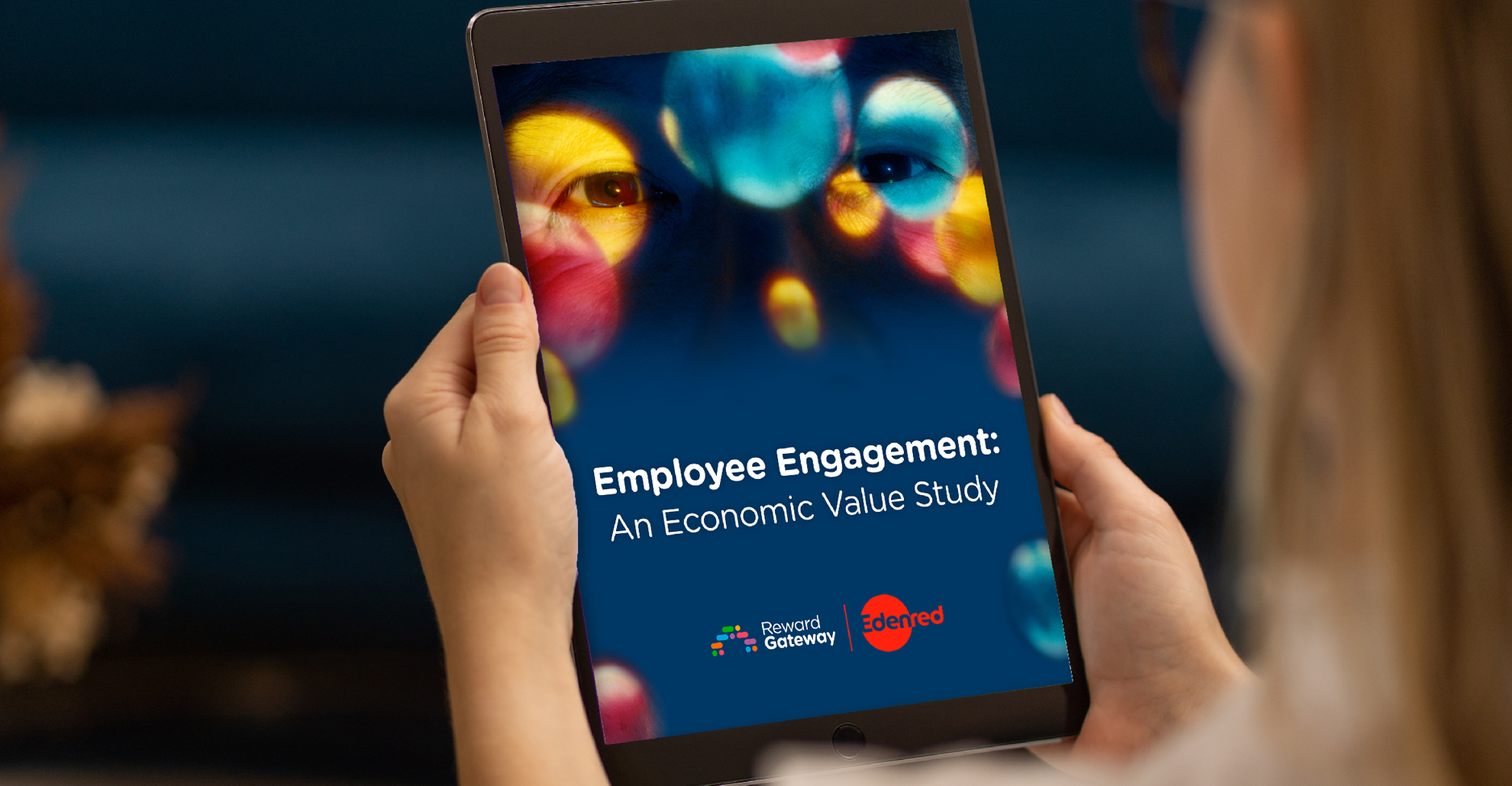
3 min read
Employee engagement is a difficult concept to define. It's a much discussed topic on our blog, and in fact, it was my colleague's article a few weeks back: "What is employee engagement anyway?" that prompted me to think about some common misconceptions that exist in the HR sphere.
For some businesses, employee engagement is hot on the agenda and is at risk of being cut as part of a money saving exercise. This led me to consider why key decision-makers might take a negative view on employee engagement, and to try and expose some of the barriers to it here:
Misconception #1: Employee engagement is a nice-to-have.
Some organisations think that employee engagement is just a nice-to-have and only companies with younger employees need it in order to hold staff attention spans. This simply isn’t true. Every employee will place a high value on receiving regular praise and reward; recognition doesn’t discriminate. What is needed is an approach to a reward strategy that considers each individual’s needs and caters for those. It's not a nice-to-have, it's essential.
Misconception #2: Employee engagement is the same as employee happiness.
 Some people think that if their employees are happy, they are engaged. This couldn’t be less true. Employees can be happy at work for a number of reasons - they can be happy about the environment, they can be happy about the work, they can be happy about the people, but this doesn’t mean that they are engaged or demonstrating the appropriate behaviours.
Some people think that if their employees are happy, they are engaged. This couldn’t be less true. Employees can be happy at work for a number of reasons - they can be happy about the environment, they can be happy about the work, they can be happy about the people, but this doesn’t mean that they are engaged or demonstrating the appropriate behaviours.
When an employee is engaged they go the extra mile for the business.
Misconception #3: Higher wages equal higher employee engagement.
Cash is the invisible reward that is quickly forgotten. For example, I receive £10 each month from RG to pay my gym membership, which for me has a far greater value attached to it than an extra £10 in my paycheck each month. The same goes for my travel loan - an extra £1200 a year compared to hassle free travel all year!
Misconception #4: Employee engagement will cost a fortune.

Making an employee feel valued and rewarded doesn’t need to cost the earth, so long as you choose appropriate rewards for every part of your audience, you can expect to have a big impact. To be successful you might need to think outside of the box.
For example, at Reward Gateway we are a very young audience, most without families, so one of the most important benefits to our audience is the monthly staff lottery which doesn’t cost the business an awful lot but has a real impact on the engagement of our staff.
Misconception #5: Employee engagement doesn’t affect the business.
It is proven that engaged employees will work harder and value the business more so than less engaged employees. Engaged employees will be your strongest asset and will actively contribute to the success of the business.

Misconception #6: Don’t people come to work just to work?
Employees will perform better if they feel valued at work. It’s not a science, it’s straightforward human nature: motivation. And employees cannot directly motivate each other. The goal is to identify the things that will motivate your employees, then put them in place so they are provided with the means to motivate themselves.
Misconception #7: I don’t have time to engage my employees.
A simple ‘thank you’ is sometimes all that’s needed, if you get into the habit of expressing your thanks, your employees will feel a heightened sense of worth that in turn triggers a reciprocal attitude and a whole range of more positive behaviours.
I really believe that employee engagement is key to any successful business. It’s such a simple thing to implement, yet it affects the running of the business from the ground up. You can't quantify how far-reaching the effects can be.

 Clare Nowell
Clare Nowell



